The Majestic Snow Leopard
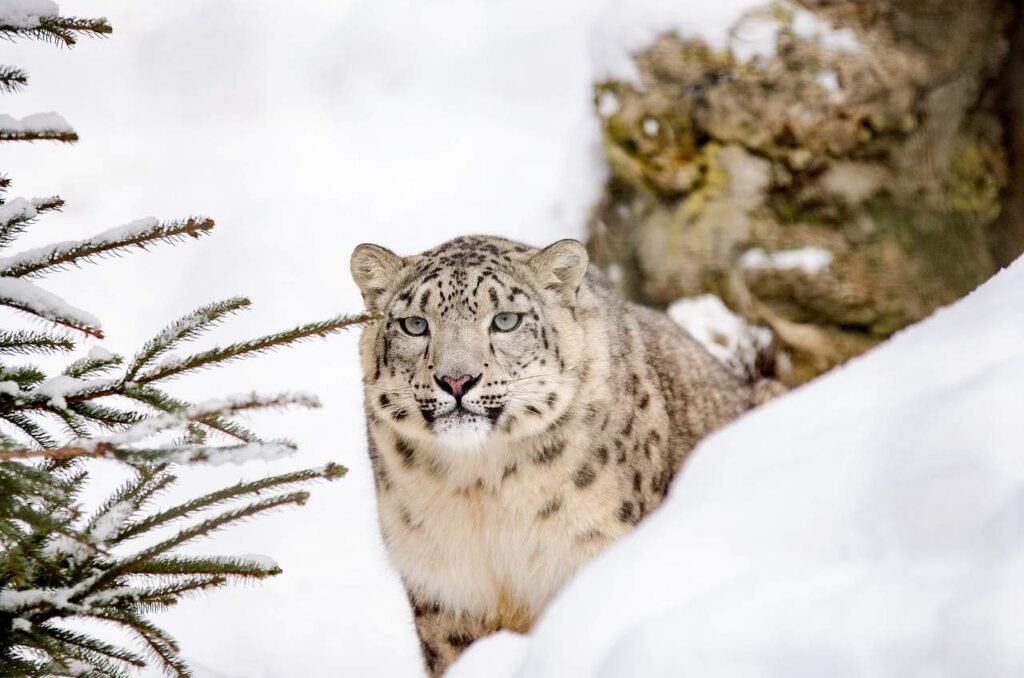
Snow leopards, often referred to as “ghosts of the mountains,” are elusive and solitary big cats found in the mountainous regions of Central Asia. Their survival is a testament to their exceptional adaptations to one of the harshest environments on the planet. Among these adaptations, their tail plays a crucial role. In this article, we explore how the snow leopard’s tail contributes to its survival in the wild.
The Anatomy of a Snow Leopard’s Tail

Before delving into the functions, it’s important to understand the structure of a snow leopard’s tail. Their tails can reach up to 80-100 centimeters, nearly as long as their bodies. Covered in thick fur, they’re bushy and rounded, differing significantly from the tails of many other big cat species.
Balance and Stability
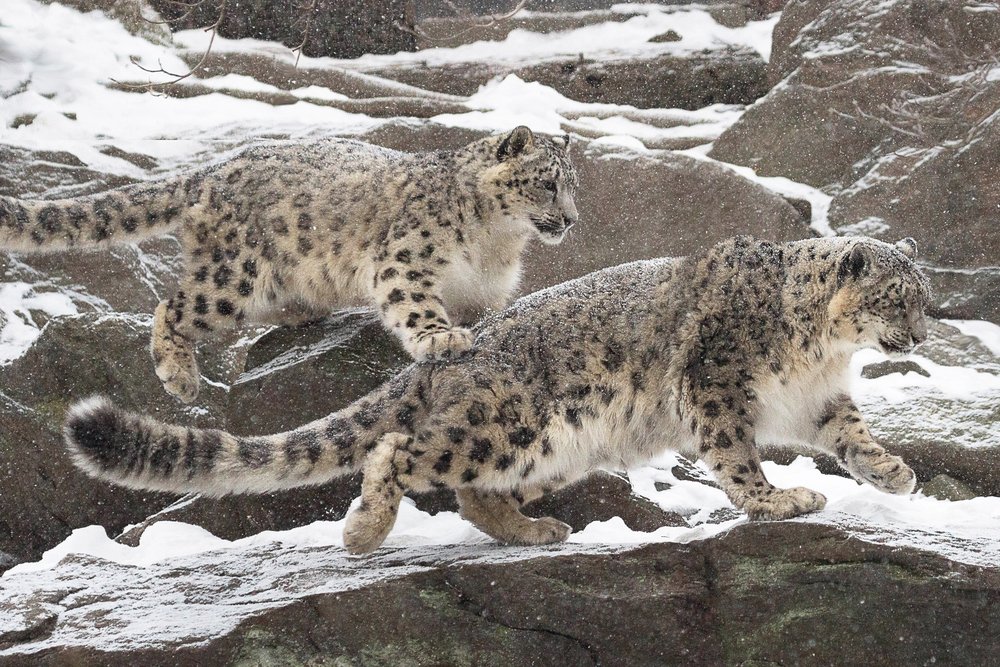
One of the primary functions of a snow leopard’s tail is to provide balance. These cats inhabit the steep and rugged slopes of the mountains, where agility is key to both hunting and evading danger. The tail acts as a counterbalance, allowing them to make sharp turns and navigate narrow ledges with ease.
A Steering Tool in the Mountains
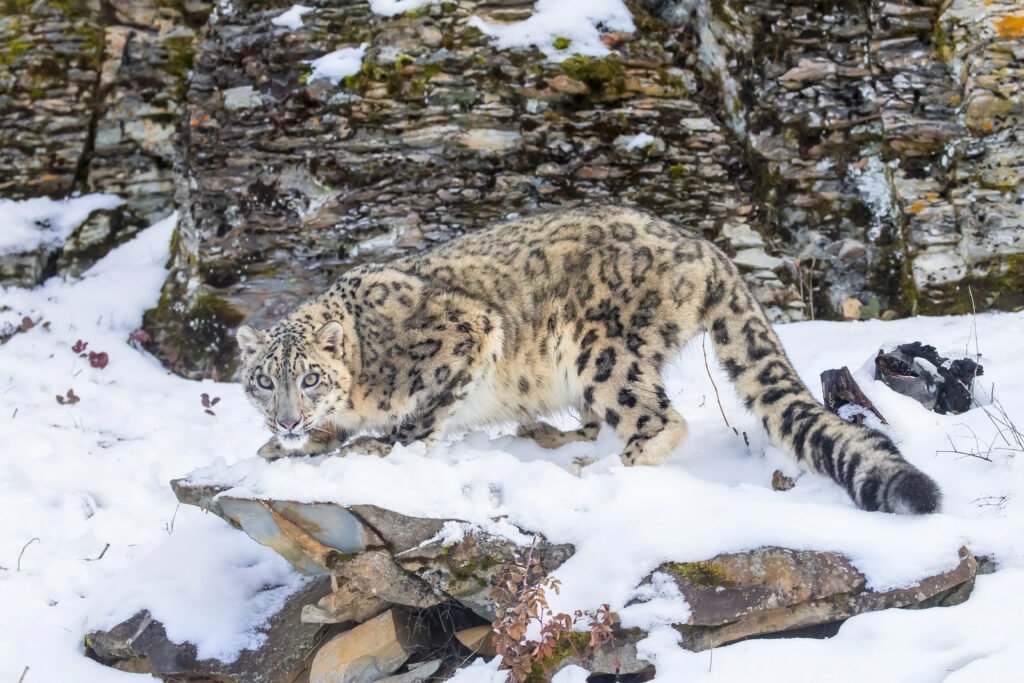
While leaping across large rock formations or snowy crevasses, the tail acts as a steering mechanism. This ability is crucial when chasing prey at high speeds or when engaging in territorial skirmishes with rivals. By adjusting the position of their tails, snow leopards can control their trajectory and speed.
A Built-in Blanket
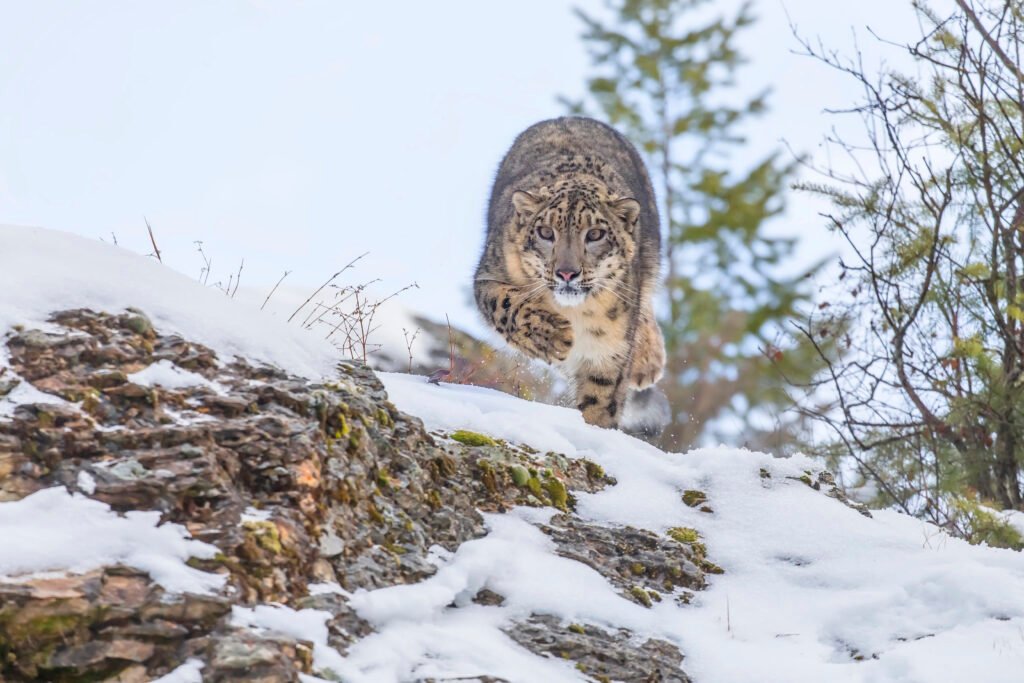
The snow leopard’s tail isn’t just for balance; it also provides essential warmth. In the freezing temperatures of their high-altitude habitats, snow leopards curl their tails around themselves while resting or sleeping. This fluffy appendage acts as a natural scarf, conserving heat and protecting against the cold.
Camouflage and Concealment
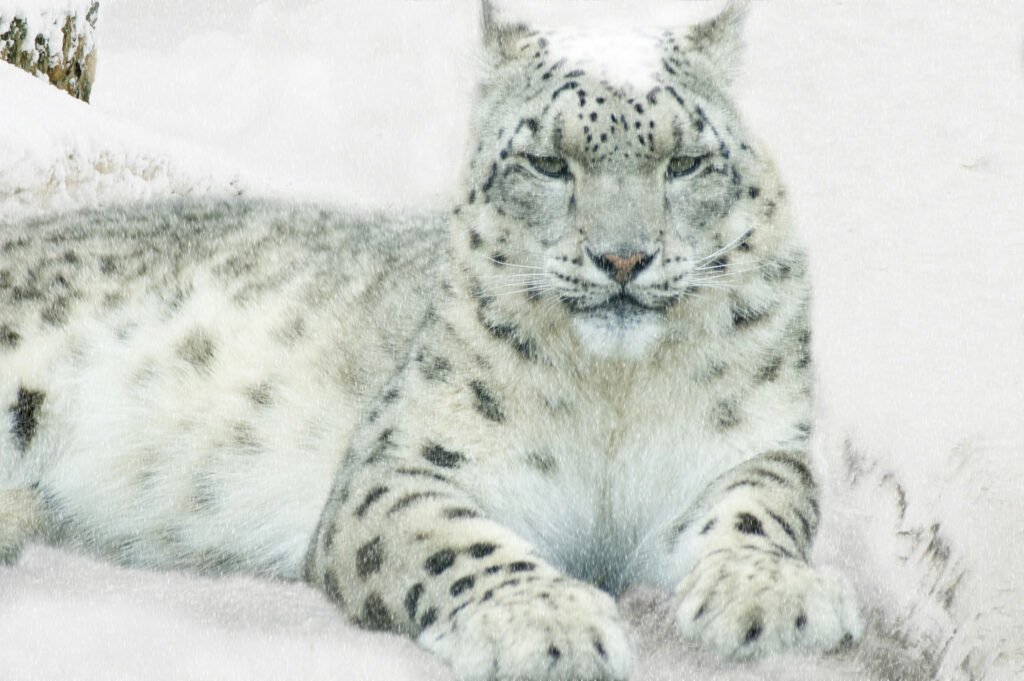
The appearance of the tail, with its unique patterns and colors, helps the snow leopard blend into the rocky, snowy environments. This camouflage is vital both for stalking prey unnoticed and for avoiding detection by other predators.
Expressing Mood and Intent
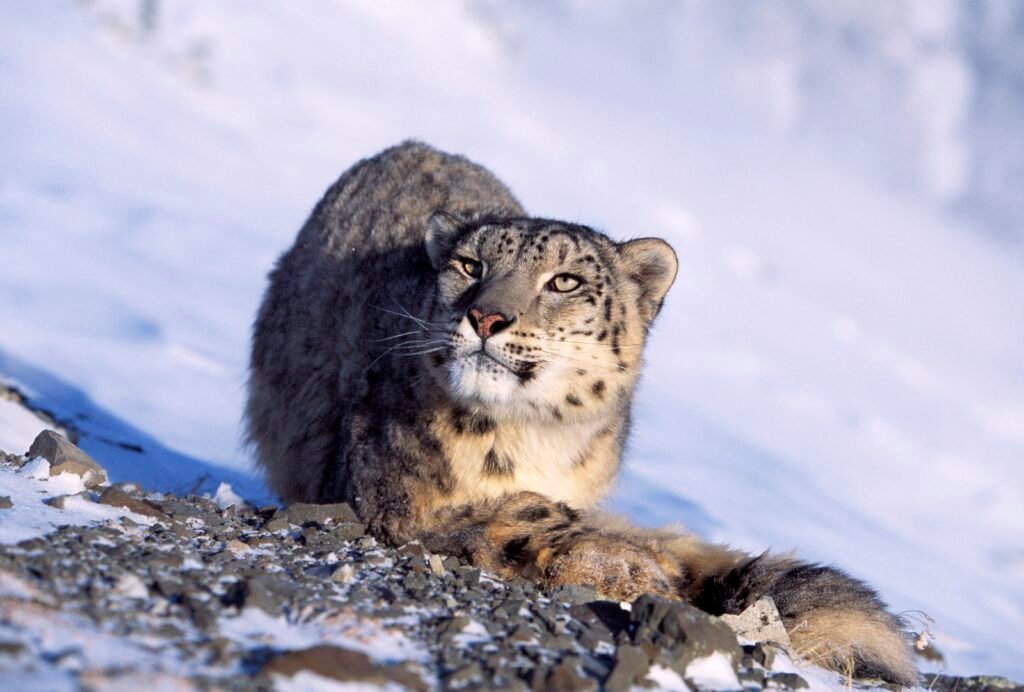
Though largely solitary, snow leopards do engage in interactions. The tail can act as a communication tool, displaying an array of movements and positions that convey different messages, such as agitation, friendliness, or aggression. This is particularly useful in encounters between solitary individuals.
Support for Young Cubs
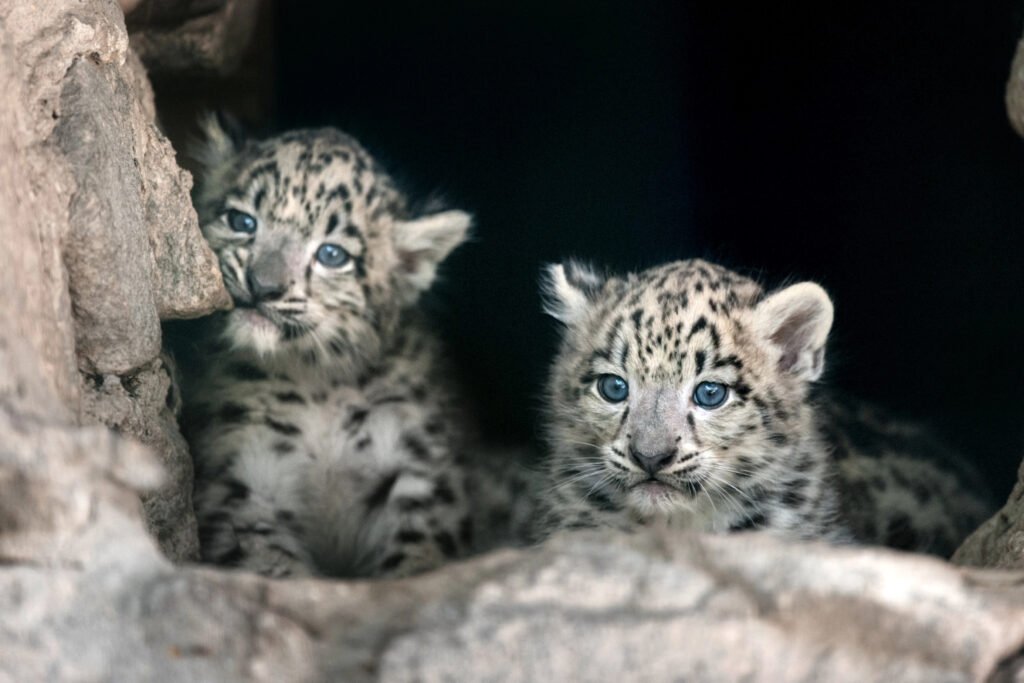
For mother snow leopards, the tail has an additional function: comforting their young. Cubs may nuzzle or play with their mother’s tail, which provides reassurance and helps to strengthen their bond. This interaction is an important part of socializing and educating the young in the absence of other adults.
Adapting to Seasonal Changes

Snow leopards live in environments with significant seasonal changes, from harsh winters to mild summers. The bushiness and insulation of the tail allow it to be flexible across these conditions. In warmer weather, the tail can be loosened to shed excess heat, proving its versatility in thermoregulation.
The Role in Evolutionary Adaptation
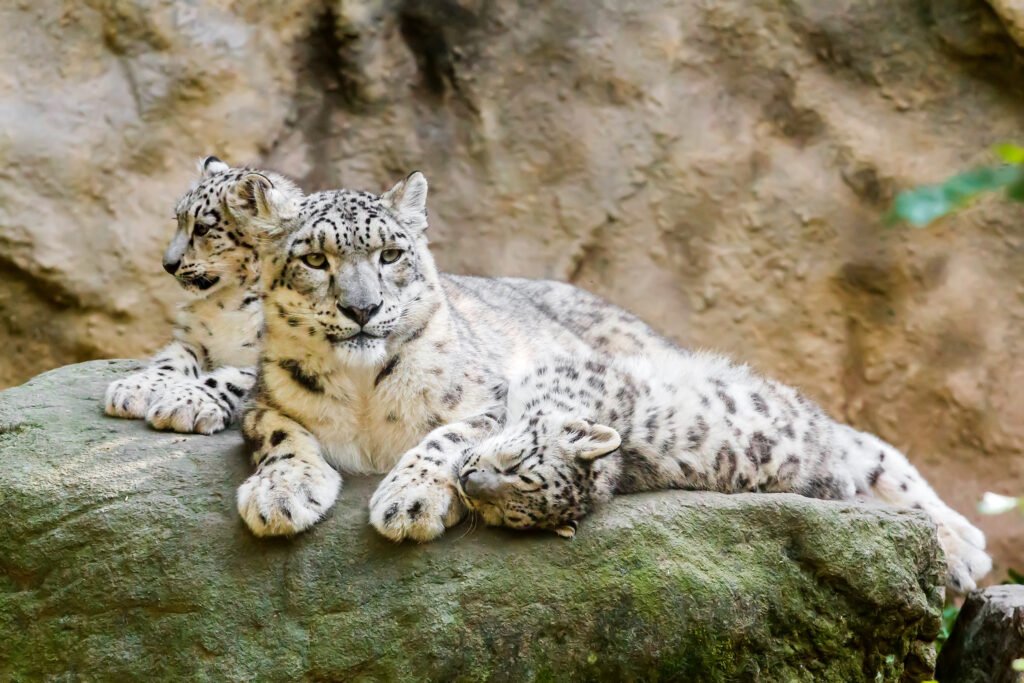
The evolution of the snow leopard’s tail is a fascinating subject for scientists. It showcases the intricate ways in which species adapt to their surroundings over time. Natural selection has crafted this feature to become an all-encompassing survival tool, ensuring that snow leopards remain apex predators in their challenging habitats.
Conservation Efforts and the Future
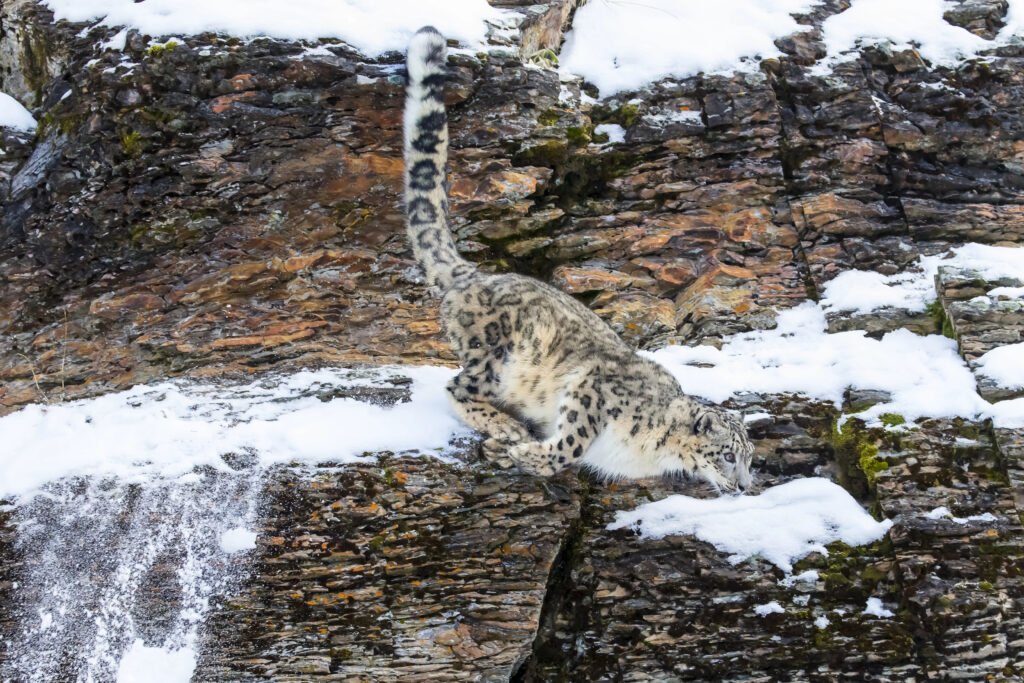
Understanding the significance of the snow leopard’s tail in its survival contributes to conservation efforts. These cats face threats from habitat loss and poaching, and protecting them involves acknowledging all aspects of their ecological needs. Preserving their habitat ensures that these magnificent creatures, along with their remarkable tails, continue to thrive. In conclusion, the tail of the snow leopard is much more than just an extension of its body. It is a multifunctional tool that plays critical roles in hunting, communication, thermoregulation, and even social interactions. By appreciating and protecting these animals, we help sustain the rich biodiversity of our planet.

Suhail Ahmed is a passionate digital professional and nature enthusiast with over 8 years of experience in content strategy, SEO, web development, and digital operations. Alongside his freelance journey, Suhail actively contributes to nature and wildlife platforms like Feline Fam, where he channels his curiosity for the Feline into engaging, educational storytelling.
With a strong background in managing digital ecosystems — from ecommerce stores and WordPress websites to social media and automation — Suhail merges technical precision with creative insight. His content reflects a rare balance: SEO-friendly yet deeply human, data-informed yet emotionally resonant.
Driven by a love for discovery and storytelling, Suhail believes in using digital platforms to amplify causes that matter — especially those protecting Earth’s biodiversity and inspiring sustainable living. Whether he’s managing online projects or crafting wildlife content, his goal remains the same: to inform, inspire, and leave a positive digital footprint.






